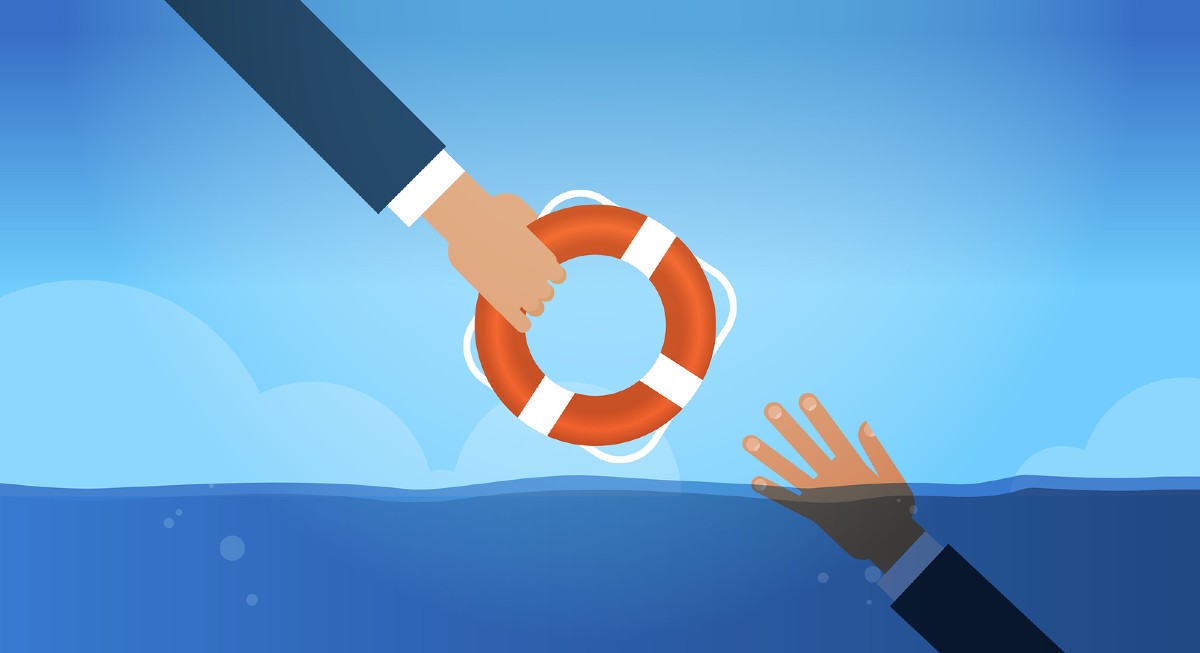
Submerged by covid-19?
Here’s a link to a excellent summary of what’s happening
STAT, an on-line magazine about life sciences sponsored by the pharmaceutical industry, is doing a great job of sifting through the news and selecting the main trends and issues in the pandemic.
Here’s a link to STAT’s article, “What we’ve learned about the coronavirus — and what we still need to know”. Some of the topics covered are:
- It’s not just older populations.
- This virus has great transmission tricks.
- A respiratory virus can be stopped or at least slowed.
- Death rates will differ by location.
- Pandemics destroy supply chains.
- Why do some people have such severe disease and others barely get sick?
- How many people have been infected?
- Does infection confer immunity?
The most-read article on the STAT site is an important and provocative piece by an eminent medical statistician at Stanford University, John P.A. Ioannidis, “A fiasco in the making? As the coronavirus pandemic takes hold, we are making decisions without reliable data”.
For decision-makers, the central question about coronavirus is “how many are going to die”? And Ioannidis – writing on March 17 – says that:
The data collected so far on how many people are infected and how the epidemic is evolving are utterly unreliable. Given the limited testing to date, some deaths and probably the vast majority of infections due to SARS-CoV-2 are being missed. We don’t know if we are failing to capture infections by a factor of three or 300. Three months after the outbreak emerged, most countries, including the U.S., lack the ability to test a large number of people and no countries have reliable data on the prevalence of the virus in a representative random sample of the general population.
This means that decision-makers cannot get the information they need:
This evidence fiasco creates tremendous uncertainty about the risk of dying from Covid-19. Reported case fatality rates, like the official 3.4% rate from the World Health Organization, cause horror — and are meaningless.
There has been one real-life experiment – the hapless passengers on the Diamond Princess cruise ship.
The one situation where an entire, closed population was tested was the Diamond Princess cruise ship and its quarantine passengers. The case fatality rate there was 1.0%, but this was a largely elderly population, in which the death rate from Covid-19 is much higher. Projecting the Diamond Princess mortality rate onto the age structure of the U.S. population, the death rate among people infected with Covid-19 would be 0.125%.
A death rate of less than 1% from a strange flu-like disease would probably would have passed unnoticed years ago:
A population-wide case fatality rate of 0.05% is lower than seasonal influenza. If that is the true rate, locking down the world with potentially tremendous social and financial consequences may be totally irrational. It’s like an elephant being attacked by a house cat. Frustrated and trying to avoid the cat, the elephant accidentally jumps off a cliff and dies …
If we decide to jump off the cliff, we need some data to inform us about the rationale of such an action and the chances of landing somewhere safe.
Draconian social distancing measures could have terrible social consequences:
One of the bottom lines is that we don’t know how long social distancing measures and lockdowns can be maintained without major consequences to the economy, society, and mental health. Unpredictable evolutions may ensue, including financial crisis, unrest, civil strife, war, and a meltdown of the social fabric. At a minimum, we need unbiased prevalence and incidence data for the evolving infectious load to guide decision-making.
Bottom line: the world needs more data.
Michael Cook is editor of BioEdge
Creative commons
https://www.bioedge.org/images/2008images/FB_Drowning-Businessmn-Hand-In-Wa-35115497.jpg
